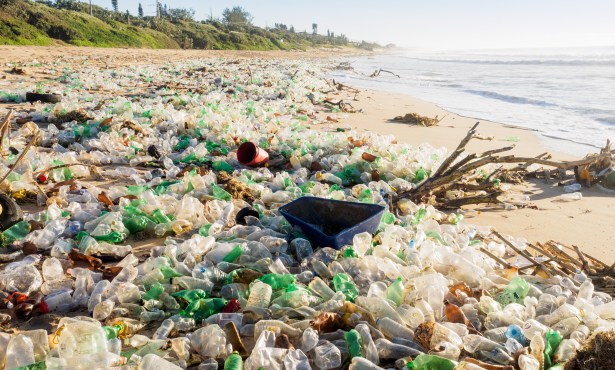The Imperative for Degrowth
Producing Less, Protecting the Environment, and Increasing Human Well-Being

Growth is the structural imperative of capitalism. Unlimited growth has caused our ecological crisis. Unending growth is unsustainable on a finite planet. We are experiencing the initial impacts of climate change, but these impacts are only a part of the ecological breakdown we face. The Intergovernmental Panel on Climate Change has spelled out nine planetary boundaries: The most recognized among them, aside from climate change, are biodiversity loss, ocean acidification, ozone depletion, freshwater abuses, and land-system change. Economic growth has been sold across the world as necessary to improve people’s lives. The data indicate the opposite, however.
Many countries with lower GDPs than the U.S. have higher life expectancy, better health care, superior educational systems, and more affordable housing. Take Costa Rica with a tenth of the GDP per capita of the U.S. as an example. Life expectancy there is about three years more than in the U.S.; it enjoys universal health care, and its health-care system is ranked higher than that of the U.S. by the World Health Organization; it spends 8 percent of its GDP on education compared to the U.S.’s 5 percent; and it has less poverty and income inequality than we have.
Published in 2020, Jason Hickel’s book Less Is More lays outs a comprehensive path to restructuring capitalist economies to move away from unfettered growth and consumption. One strategy he propounds is to end planned obsolescence by requiring extended warranties on products (2-5 times their current average lifespan) and by establishing the “right to repair,” making it illegal to produce things that can’t be easily repaired.
Another necessity is to curtail advertising. It feeds the growth imperative by manipulating people to want and buy things that they don’t need. It assaults our minds, becoming more insidious every year. Remedies are to create quotas for reducing total ad expenditures, liberating public spaces from ads — both offline and online — where people don’t have a choice as to what they see, and banning the collection of people’s private information to target ads.
In the garment industry, advertising joins with planned obsolescence to cause disastrous impacts on the environment. It also feeds social inequality. These two strategies lead us to purchase quickly; wear, often only once; discard; and repeat. Doubling between 2000 and 2015, the industry produces about 150 billion pieces of clothing annually. The world pays for this in modern slavery; toxic, plastic-filled waterways; and burning landfills. Fashion produces more emissions than France, Germany, and the United Kingdom combined. The industry employs millions, or maybe one should say exploits millions, mostly among the most vulnerable and mostly women and pays them some of the lowest wages.
Hickel shifts the conversation from growth, except in a few of the poorest countries, to reducing unnecessary or ecological destructive production (fossil fuels, private jets, arms, and SUVs) to what we really want and need: clean energy, public healthcare, top-notch education, affordable housing, and regenerative agriculture.



